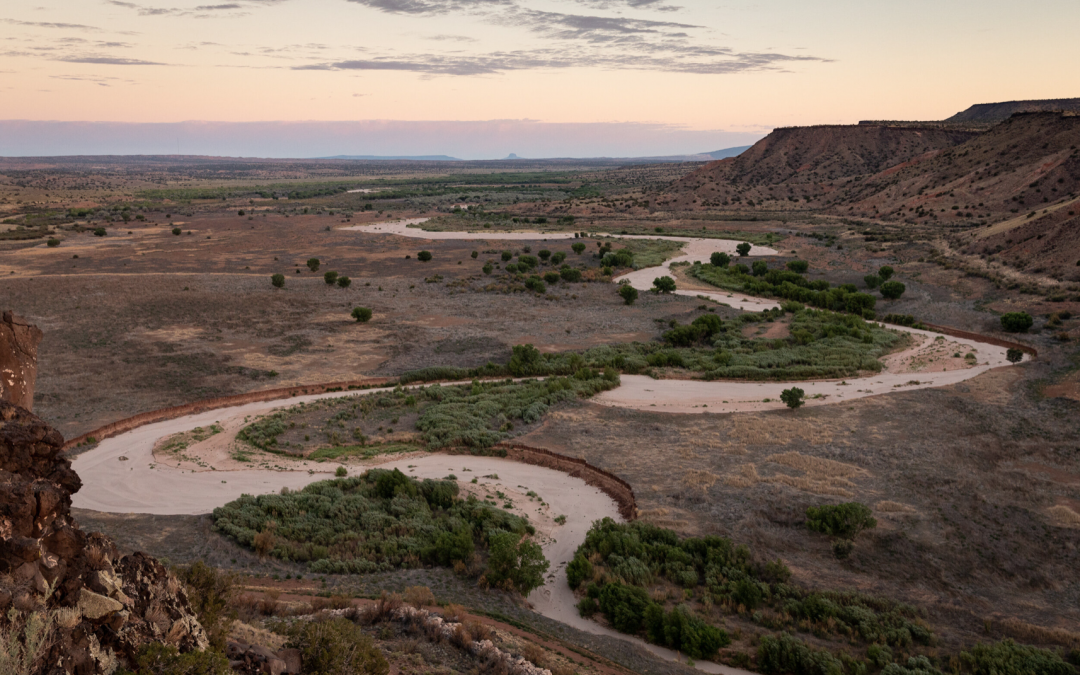
by radiocafe | Mar 15, 2022 | Down to Earth, Environment, Food & agriculture, Native & indigenous, New Mexico
For over 25 years Santa Ana Pueblo has been engaged in a large scale project to restore wildlife, plants, and watersheds long degraded by invasive practices. The results for agriculture, culture, and the land itself have been dramatic.
Learn more …

by radiocafe | Feb 22, 2022 | Activism, Down to Earth, Environment, Food & agriculture
Cooling the earth’s climate is not just about cutting emissions––it’s about removing masses of carbon from the air. Karl Thidemann of Soil4Climate makes the case that the secret of sequestration is in the soil––with win-win benefits for ecosystems, nutrition, profitability, and community.
Learn more …

by radiocafe | Feb 8, 2022 | Activism, Down to Earth, Environment, Food & agriculture
Zach Weiss has seen land so degraded that even weeds couldn’t grow…and helped transform it into healthy, living landscapes by changing the flow of water and letting nature do most of the work. The implications for agriculture, wildlife, and climate are huge.
Learn more …
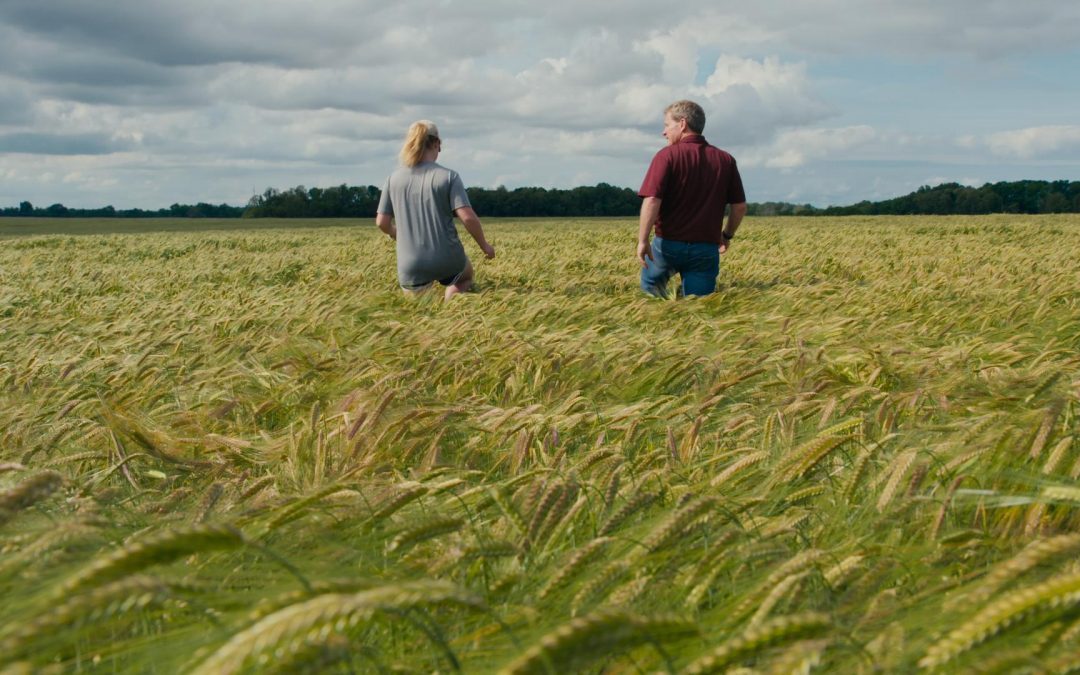
by radiocafe | Jan 25, 2022 | Arts & films, Down to Earth, Environment, Food & agriculture
The name of Pamela Tanner Boll‘s new film, To Which We Belong, comes from the great naturalist and conservationist Aldo Leopold, who understood the interconnection among all living beings, and the need to treat land with respect––and a deep sense of belonging.
Learn more …
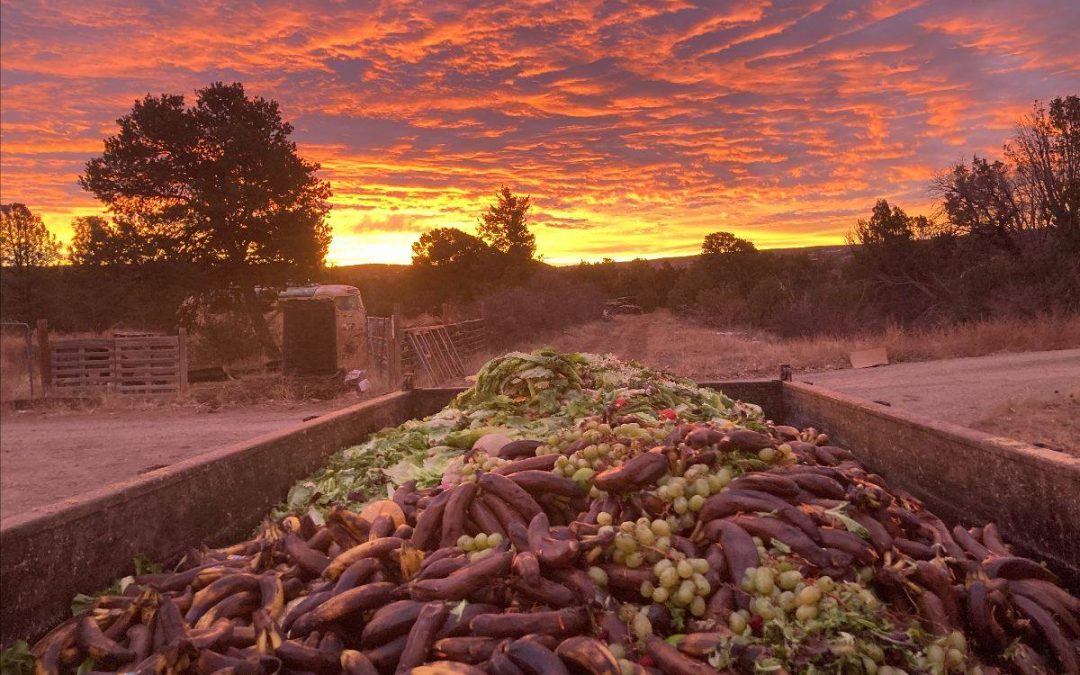
by radiocafe | Jan 11, 2022 | Down to Earth, Environment, Food & agriculture, Science & health
Biologist Eva Stricker works with hog farmer Zach Withers and rancher Emily Cornell to study—and quantify—how compost works to heal degraded agricultural lands. So far the results are promising.
Learn more …
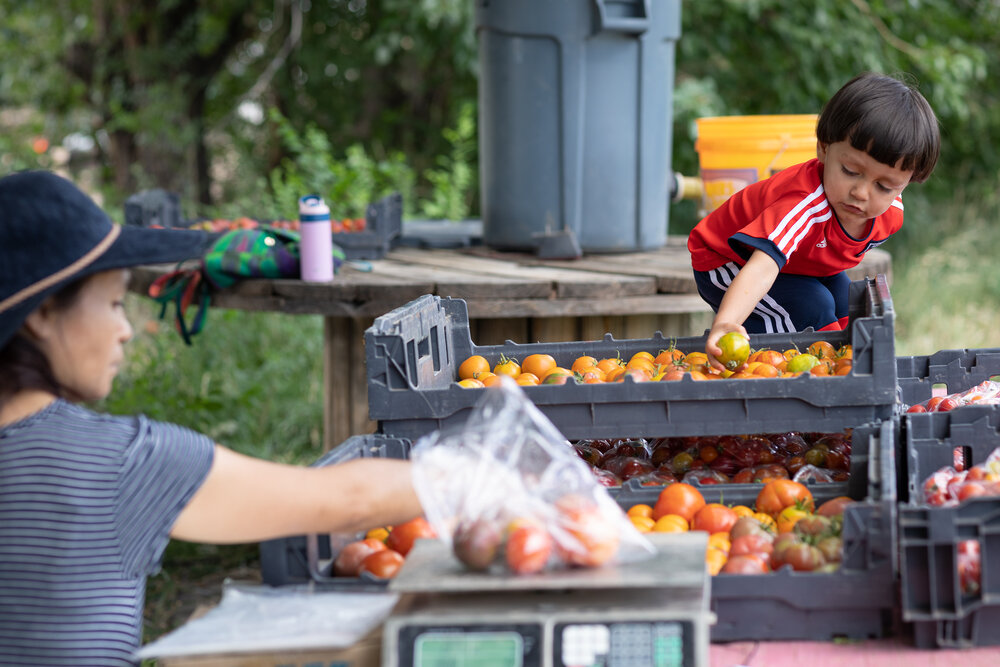
by radiocafe | Dec 15, 2021 | Down to Earth, Environment, Food & agriculture, New Mexico
Minor Morgan and Matt Draper are intergenerational farmers in Albuquerque’s North Valley. Cultivating diversity and healthy soil, their goal is to grow food that’s healthy for people and the earth.
Learn more …
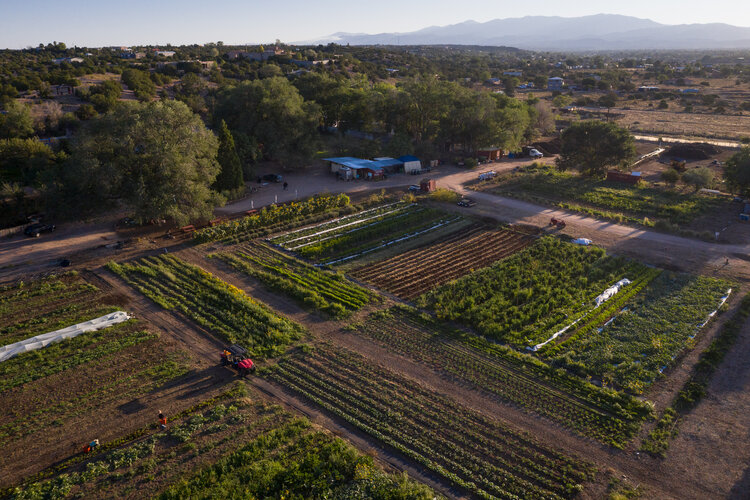
by radiocafe | Nov 30, 2021 | Activism, Down to Earth, Education, Environment, Food & agriculture, New Mexico
Tejinder and Juliana Ciano founded Reunity Resources on land in Santa Fe where a veteran had grown food for the hungry. Now they have a thriving compost, farming, educational, and community organizing operation—all founded on regenerative principles.
Learn more …
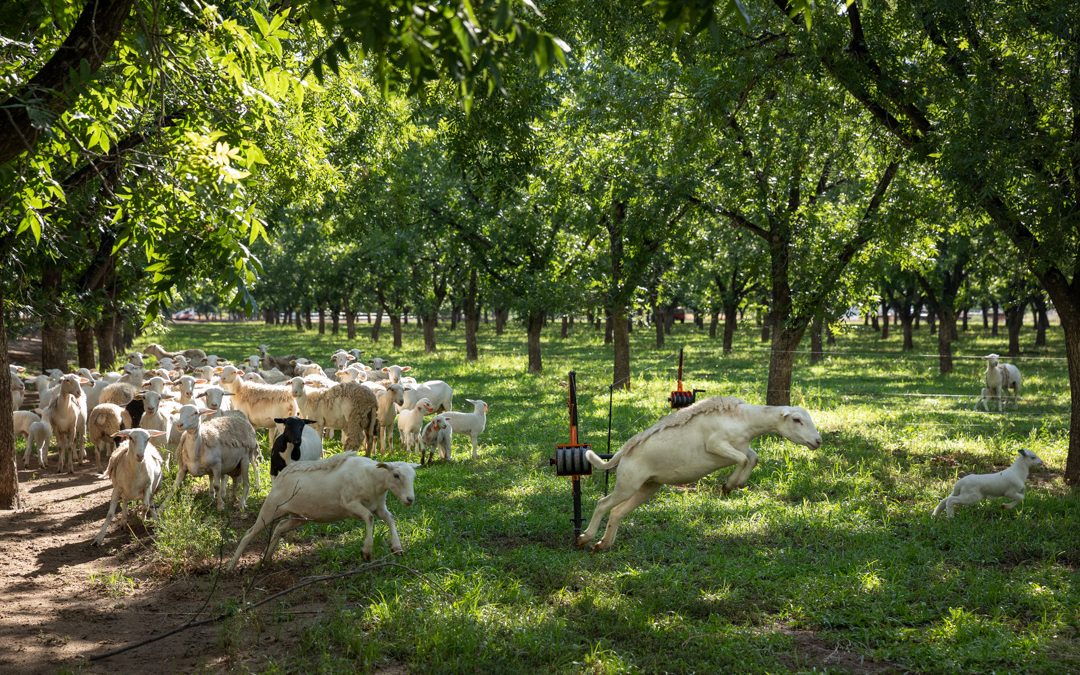
by radiocafe | Nov 16, 2021 | Down to Earth, Environment, Food & agriculture, New Mexico, Science & health
Soil microbiologist David Johnson has been collaborating with pecan farmer Josh Bowman to cultivate healthy soil that retains water and produces a more abundant—and more profitable—harvest.
Learn more …

by radiocafe | Nov 2, 2021 | Activism, Down to Earth, Food & agriculture, Race/class/gender
Renard Turner and his wife are agrarian entrepreneurs who produce local, sustainable, regenerative food at their Virginia goat farm–and they provide a model for future farmers and homesteaders.
Learn more …
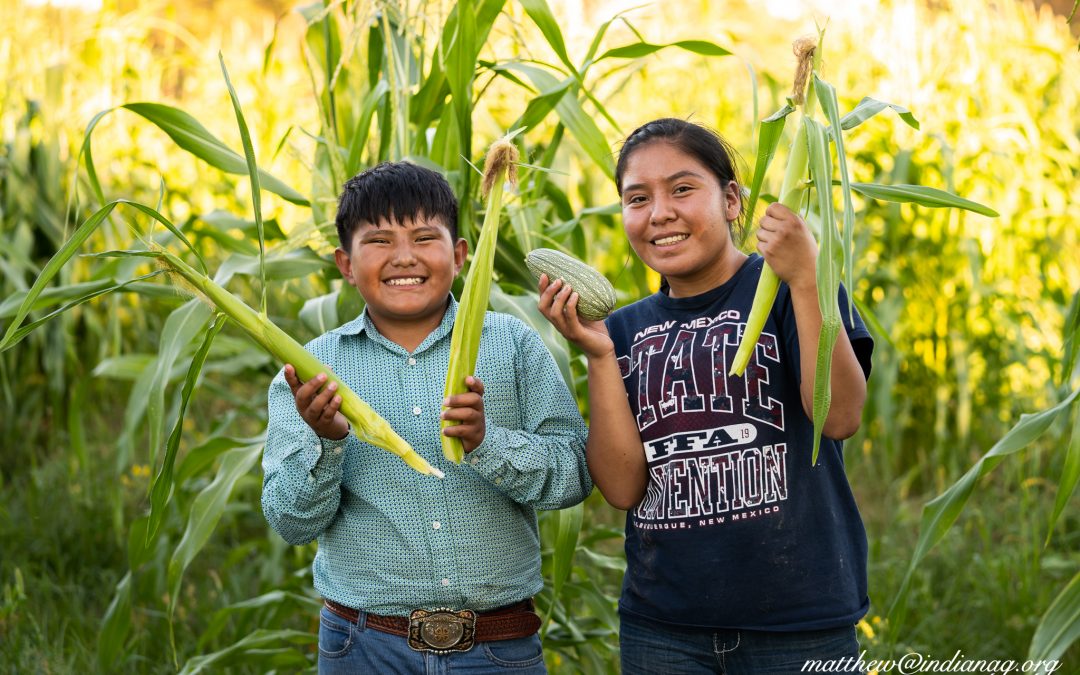
by radiocafe | Oct 19, 2021 | Down to Earth, Food & agriculture, Native & indigenous
Latashia Redhouse helps Native American food producers get their products out into the world—and supports their traditional and regenerative agriculture practices.
Learn more …










